What Every Pet Parent Should Know About Pet Dental Care
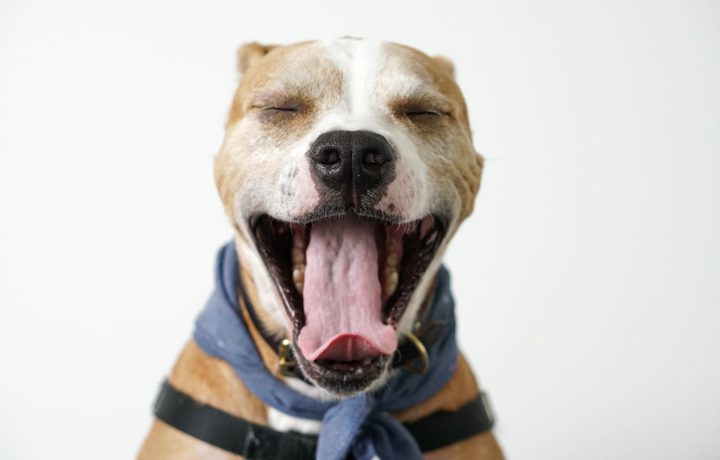
Besides love, affection and (according to your pet) TREATS, dental care is the most important thing you can do for your furry friend.
Unfortunately, it isn’t something that most pet parents think about. According to a pet dental poll, only 8 percent of dog owners and 3 percent of cat owners brush their pets’ teeth on a regular basis.
Now is the perfect time to brush up on why pet dental care is so important and just how easy it can be! So dig in to discover what every pet parent should know about pet dental care.
Bad Breath is the #1 Warning Sign of Pet Periodontal Disease
Contrary to popular belief, pet bad breath is NOT normal. A dog’s breath shouldn’t smell at all, and cat breath shouldn’t have more than a mild fishy scent.
If your pet’s breath is stinky, this is the first sign of advanced gum disease, also known as periodontal disease. This painful dental condition involves the inflammation of the gum tissue and erosion of the bone structures that keep the teeth in place.
As reported by the American Veterinary Dental College, periodontal disease is the most common clinical condition affecting our pets. It can also be the most serious.
Left unchecked, bacteria from gum disease can enter the bloodstream, affecting vital organs like the heart and kidneys. Ultimately, it can take years off a pet’s life.
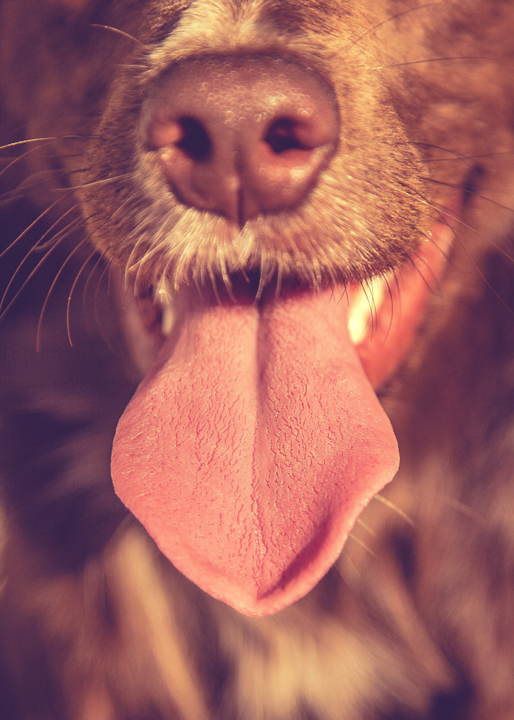
Additional signs of gum disease in pets:
- Visible tartar
- Bloody saliva
- Loose or missing teeth
- Blood in water bowl or on chew toys
- Difficulty picking up food or chewing it
- Not wanting to be pet on the face or head
- Red or swollen gums (gums should be light pink)
Fortunately, gum disease is preventable and even totally reversible in its early stages.
The Key Is Stopping Pet Plaque
Periodontal disease occurs when bacteria overtakes the mouth – and it all starts with plaque.
Plaque is an unavoidable part of life for pets. This clear, sticky substance forms after every meal and can begin to harden into tartar within 72 hours.
Tartar is a rock-hard substance (brownish or yellow in color) that’s packed with bacteria, which can infect and inflame the gums and give your pet that less-than-fetching breath. Unlike plaque, tartar can only be removed with a professional dental cleaning.
Because plaque is the starting point for tartar and gum disease, daily removal of it is key. Stop the plaque attack, and you and your pet will have many reasons to smile:
- More Cuddles. According to a dental survey by Banfield Pet Hospital, 27 percent of dog owners say they avoid getting close to their pets because of bad breath.
- Better Quality of Life. In the advanced stages of pet gum disease, the gums actually separate away from the teeth. This is as painful as it sounds. An animal’s instinct is to hide its pain, which means your pet could be silently suffering without you knowing it.
- More Years Together. Taking care of the teeth and gums can add 2–5 years to a pet’s life.
- Save Money. Tooth extractions from periodontal disease can be expensive. Annual dental cleanings to remove tartar can add up too, as it involves anesthesia. At-home dental care can help cut back on these costs.
Should You Brush Your Pet’s Teeth?
Teeth brushing is the best way to fight plaque and keep your pet’s smile healthy, but once in a blue moon won’t cut it. For your pet to reap the benefits of tooth brushing, it must be done at least 3 times a week for dogs and two times a week for cats.

The earlier you start a pet tooth brushing routine, the better. Still, it’s never too late to teach an old dog (or cat) new tricks!
9 Success Tips for Pet Tooth Brushing
- Warm up your pet to the idea of brushing.Starting a few weeks before the first brush session, dip your finger in tuna water or broth and rub your finger around the pet’s teeth and gums, daily.
- Mellow out.Choose a time to brush when your pet is relaxed. This will increase the odds of cooperation.
- Select the right toothbrush.A human toothbrush is too bulky for a pet’s mouth. Use a specially designed toothbrush for pets, a piece of clean gauze, or a finger brush that, as the name suggests, just slips on right over the finger. Sometimes it takes trial-and-error to see what works best for both of you.
- Purchase a pet toothpaste.For toothpaste, the most important thing is to not use your own. Ingredients like fluoride and sweeteners in human toothpaste can make a pet sick. There are many flavored pet toothpastes. We recommend avoiding one with unnecessary flavor additives, or you can choose an unflavored pet dental gel to avoid the whole “my pet just wants to chew up the toothbrush!” conundrum.
- Calmly praise your pet as you brush.When you aren’t filled with tension, your pet won’t be either!
- Treat. Always give your pet a treat after brushing, even if it didn’t go well. That way your pet forms a positive association with brushing.
- Do not overly restrain your pet. This will make your pet feel frightened. For dogs, kneel or sit to the side of them. Cats can be cradled like a baby. Then lift the lips and brush in a gentle circular motion.
- Take it slow.Initially, you may only be able to brush for a few seconds. Patience is key! Just focus on the outside tooth surfaces. This is where periodontal disease likes to strike.
- Gradually increase your time.The ultimate goal with pet tooth brushing is 5 seconds per tooth.
Let’s get real for a second:
Pet tooth brushing 3 times a week may not be realistic for you. There are many no-brush pet dental products on the market. Just be sure to do your homework first (and keep it away from the dog). Avoid products with alcohol, additives, xylitol, mints, tea tree oil and clove oil. These ingredients can sting a pet’s delicate tissues, only mask bad breath, and cause harm with long-term use. Also, be sure you find one that works for both cats AND dogs if you are a multiple pet household. That way it is safe for BOTH.
A time-tested favorite of veterinarians and pet owners alike is the Oxyfresh line of dental products.
At Oxyfresh, we’re crazy about pets and passionate about their smiles. That’s why our products are USA-made, non-toxic, and free of alcohol, masking agents and other junk. Instead, our premium pet dental products are formulated with the exclusive ingredient Oxygene® to completely neutralize bad breath while fighting plaque buildup.
Whether you want a water additive, on-the-go dental spray, or brush-free dental gel, you’ll love how easy Oxyfresh makes pet home dental care. Check out these amazing products today at oxyfresh.com and feel good knowing you’re doing the best for your pet!

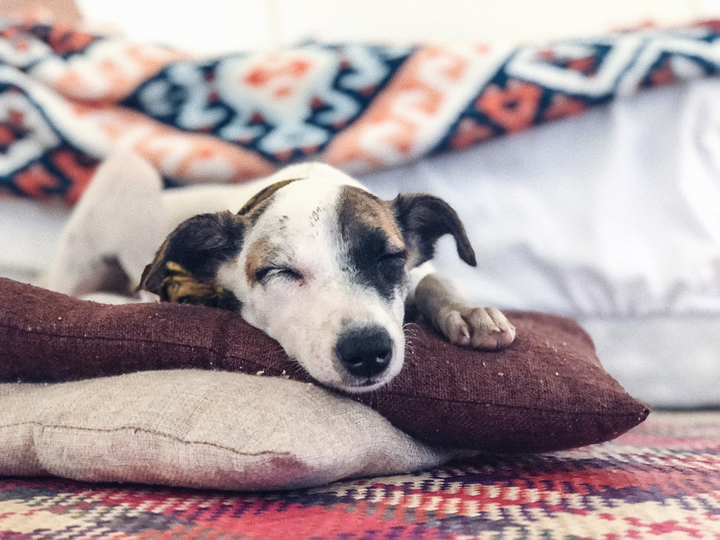


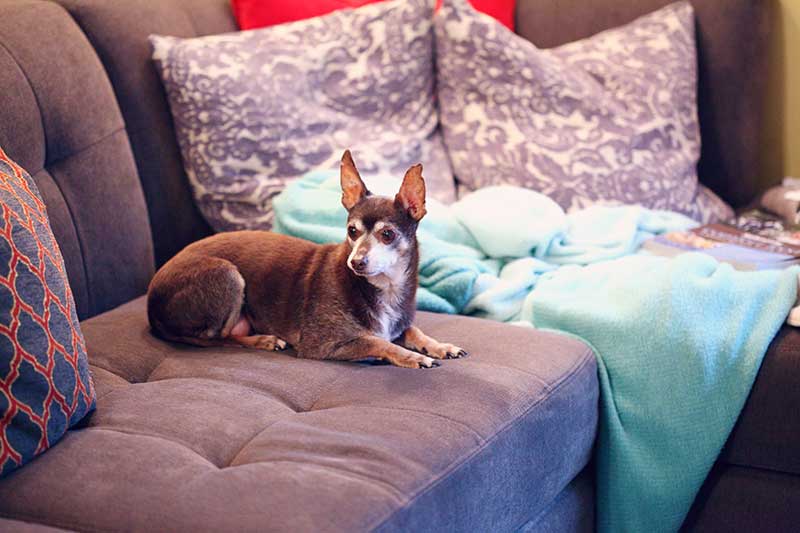


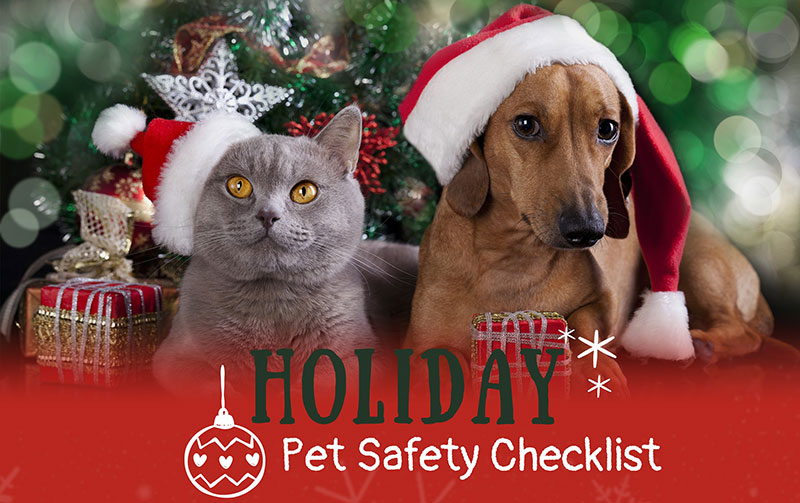

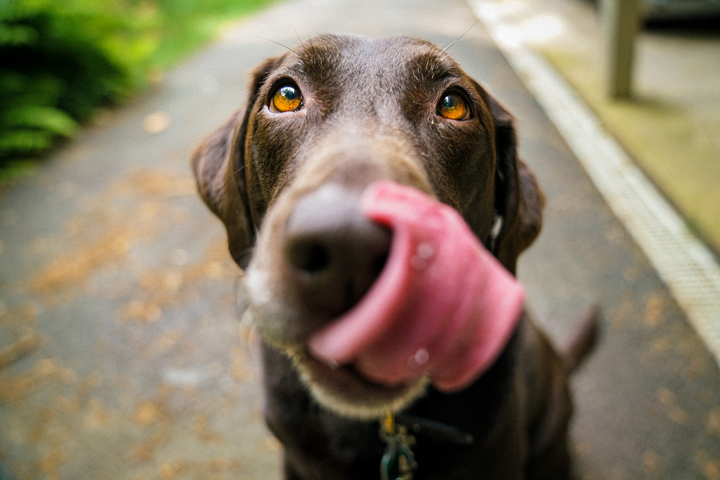
Great article! Thank you so much for sharing your experience! I just read through your entire blog and I found it quite interesting. And you have pointed out some valid points exceptionally well. These are really essential and helpful information for pet dental care. Thanks.